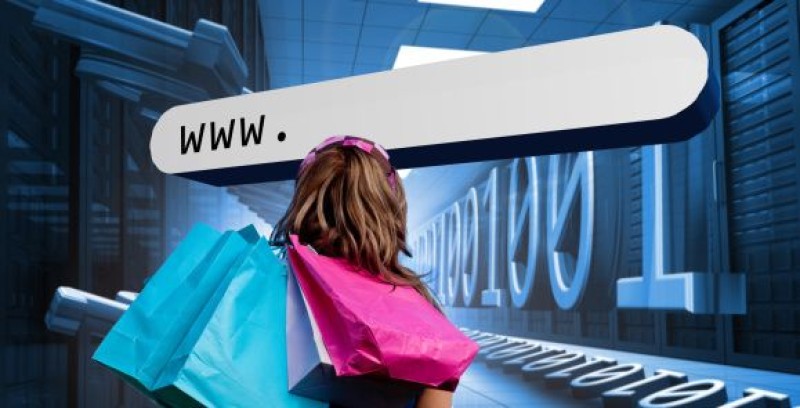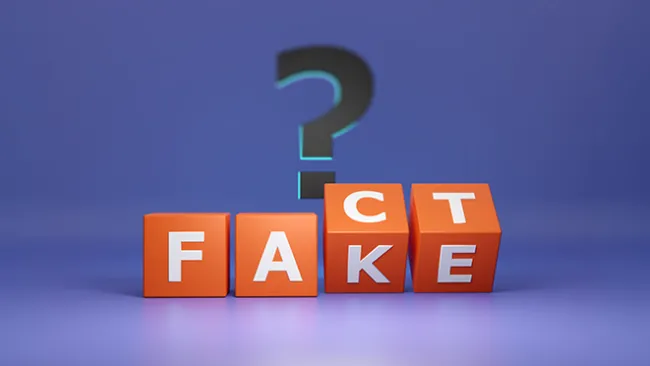Every time a consumer is well served at Amazon or Zappos, Ally Bank or USAA, Best Buy or Trader Joe's, she has higher expectations for the next, unrelated business she deals with. So by the year 2020 it won't be enough for a business simply to meet a customer's needs. The customer will expect the business to anticipate her needs and take action to meet them. Nor will it be enough for a business simply to ensure that its pricing is fair and its terms are clear.
The 2020 consumer will expect any business she deals with to proactively protect her interests by reminding her if she's making a mistake or doing something she might regret later. She won't have time for untrustable companies, much like today's consumer has no time for companies that can't respond to a problem by email or phone.
By the year 2020, the vast majority of people in economically developed countries will be what researchers now often call "digitally active" or "digital fast-forward" consumers. These people already exist today—they are the (typically younger) consumers who always check product reviews and often check the opinions of their friends before buying. They already have smartphone apps alerting them to prices and deals as well as problems. And in seven years, by 2020, these smartphone capabilities will be 30 to 40 times more powerful, cheaper, and more compact.
By 2020, every new car will be able to park itself, in response to a remote command from its owner, and many will be able to drive themselves. "Social filtering"—checking the opinions of your friends, or the friends of your friends—will be a robust and fairly well-automated activity by 2020, because there will be 30 to 40 times as many opinions and reviews posted that year as were posted in 2013. Retail stores will act as offline websites, as their technologies record what their customers look at and make instant recommendations with personalized offers in response to in-store customer shopping behaviors. A lot of consumers will do their shopping through their own apps, using not just automated social filtering, but also predictive pricing programs to set up, screen, and execute their purchases. One-to-one marketing, meet "bot-to-bot" marketing.
The digitally fast-forward consumer in 2020 will push this envelope even further. She will almost certainly be wearing the computer that she now carries as a smartphone. It may be a set of glasses or perhaps even contact lenses. She will see a blouse she particularly likes, and her computer will detect that she likes it as her retinas dilate slightly. After checking prices at her preferred locations, the computer will set up the order for her, and wait for her blink.
The digitally fast-forward companies of 2020 will no longer be happy with the kind of satisfaction feedback they get from surveys of customer opinions, because even the best surveys only get a small minority of consumers to participate. Rather, these companies will scour the Big Data resources of the increasingly ubiquitous Web for observational data—reviews and comments posted, activities undertaken, transactions made—to get an increasingly precise and unbiased, "non-invasive" reading of their customers' satisfaction levels.
By 2027, the digitally fast-forward consumers and companies of 2020 will be commonplace, as expectations ramp up yet again, in ways we would probably find surprising or perhaps astounding today.

















